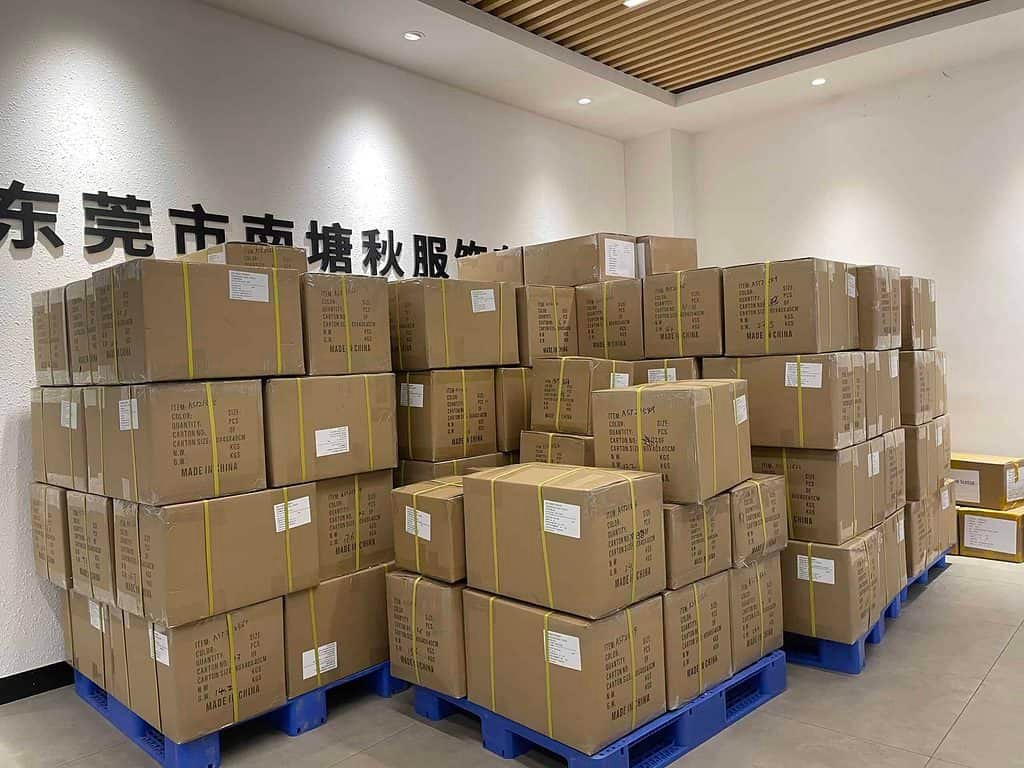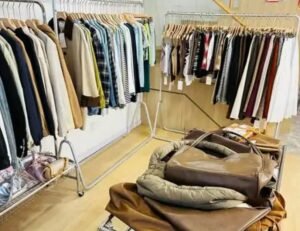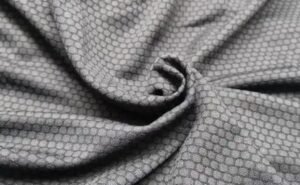No matter what the factory is, there is a specific process when producing products. Garments also have the process. After confirming all samples and quantities customers need, we start production, and the following is the specific process of that.
1. Purchasing bulk fabric
Different garment samples are different in style and the type of fabric needed for production will be different. The garment factory will go to the market to buy the fabric needed to make the samples according to the customer’s requirements.
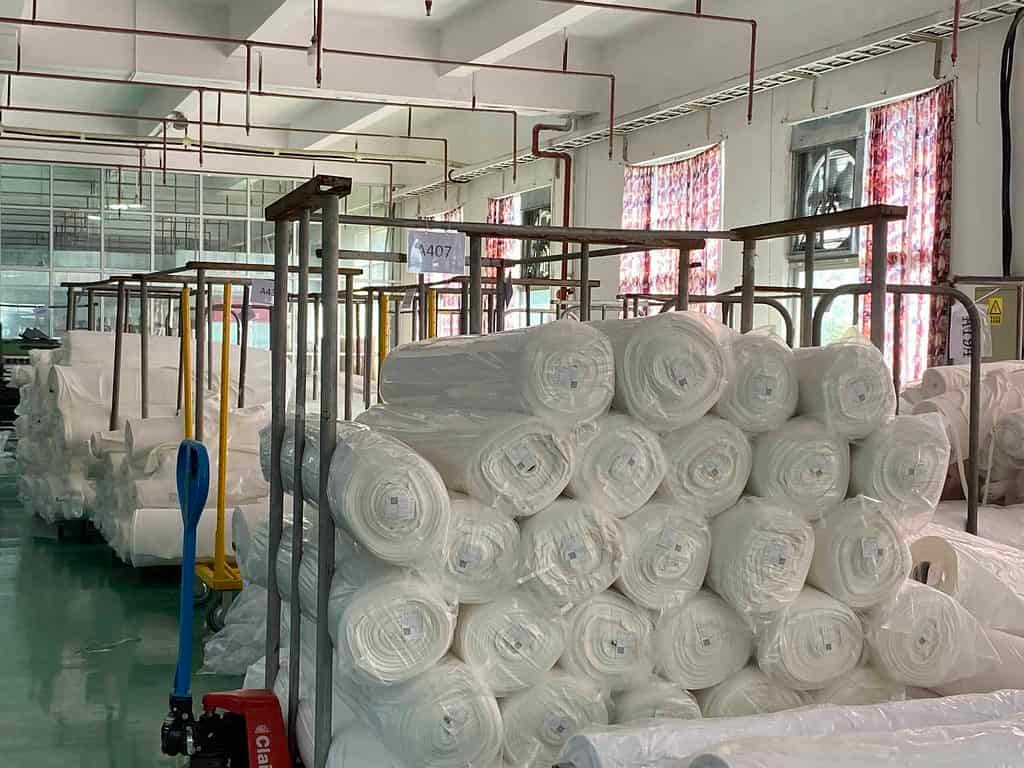
2. Checking the fabric ‘s defects
In order to control the production quality of the garment factory, the purchased fabric needs to be carefully checked. Generally checking the appearance of the fabric, weight, density, feel, pattern, color, width, length, weft slope or weft arc, etc… After the above tests, we also need to check if there are any defects affecting the quality of the finished products.
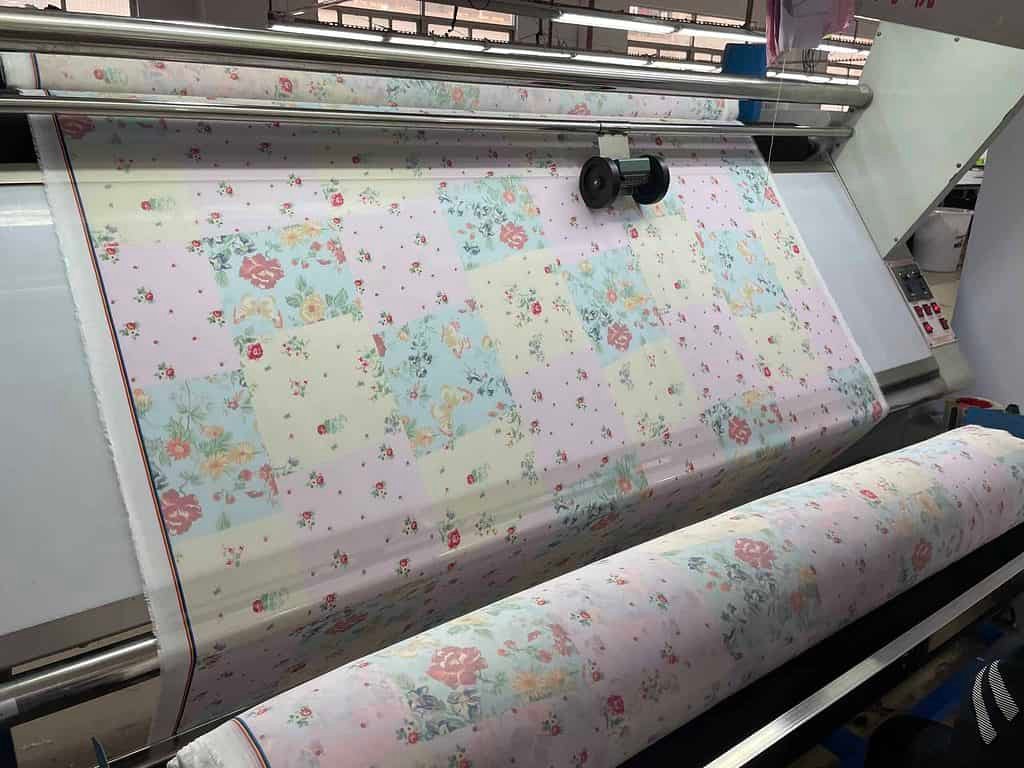
3. Shrinking the fabric and lay it flat to restore the original shape.
Due to the specification of the structure and organization of some fabrics, if the shrinkage treatment is not done before production, the finished garment will be deformed and out of shape once it is washed, leaving consumers with a bad experience and affecting the brand image.Therefore, it is necessary to shrink the fabric to reduce the shrinkage rate of the fabric.
4. Printing pattern paper and cutting fabric
The production of paper pattern is the most important part of the garment production process. After the garment designer has designed the garment sketch, he must discompose its shape through structural design. Firstly, the designer needs to draw its structural sketch on the boarding paper.Then he produces the paper pattern of the garment structure, and uses the garment paper pattern to cut the fabric. In modern garment factories, the use of cutting beds can greatly improve the efficiency of cutting.
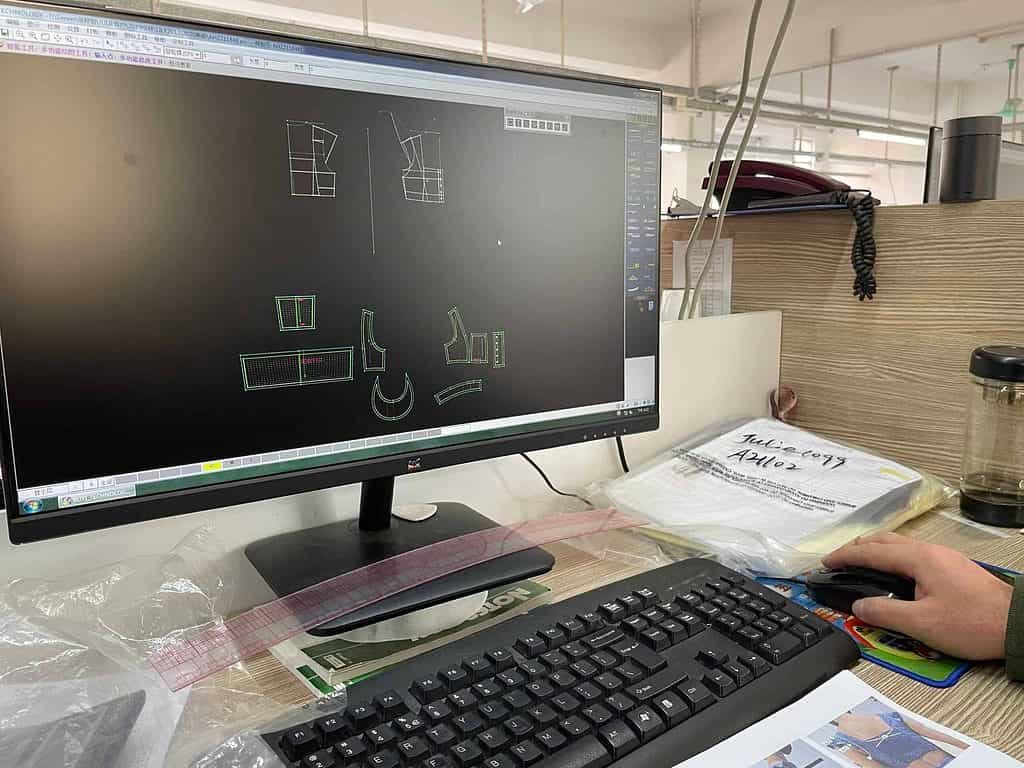
5. Sewing samples from the cut fabric
The sewing of garments can be divided into machine sewing and hand sewing according to the style and craft style. With line production in the sewing process, the sewing is carried out according to the process analysis chart.

6. Strictly checking each process in the production process
We have professional workers supervise and manage all the details of the production line to ensure that each garment product is in accordance with the final standard.

7. Checking the finished garment
Check and measure whether the garment meets the customer’s requirements
8. Ironing clothes
Ironing the clothes smoothly to keep the appearance of the clothes beautiful. It can also be put inside the clothes liner for shaping. The ironing temperature is generally kept at 180 ℃ ~ 200 ℃ ,which is safer and will not burn clothes.
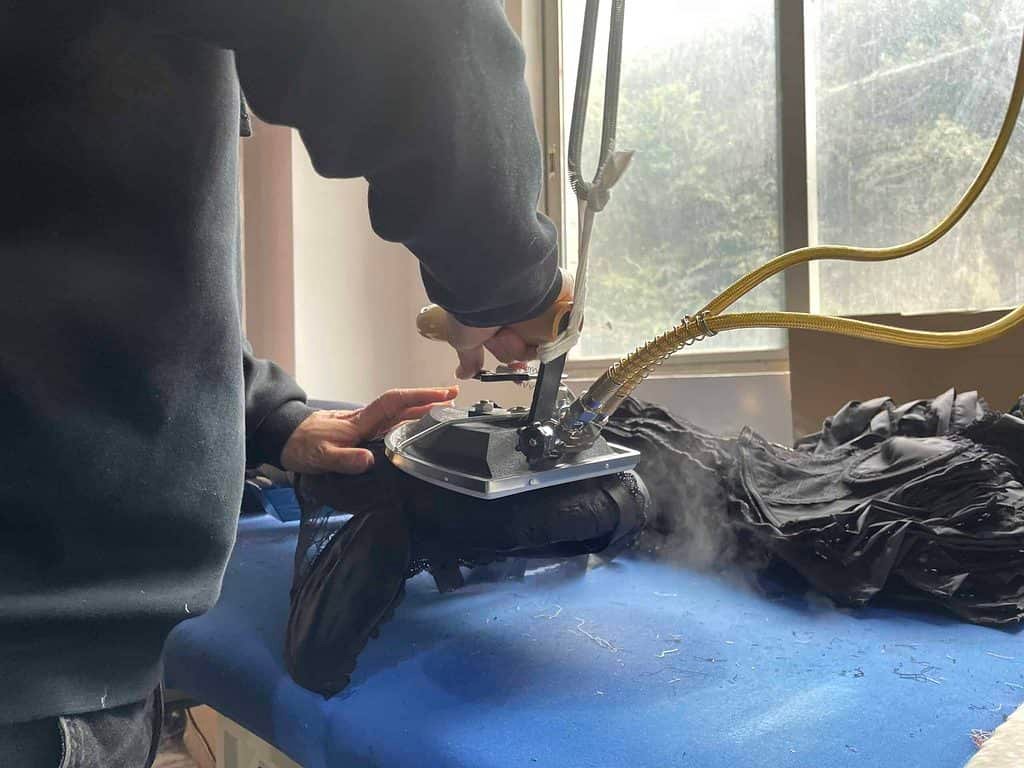
9. Packing
The ironed clothes will be neatly packed in plastic bags and packed into cardboard boxes according to specifications.

10. Arranging shipping
When the products are finally packed, we will choose the most convenient and fastest shipping to deliver the goods to customers within the specified time.
